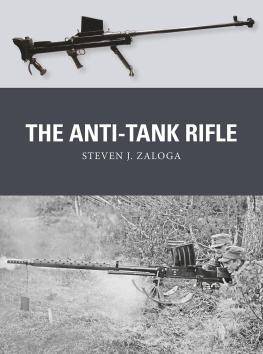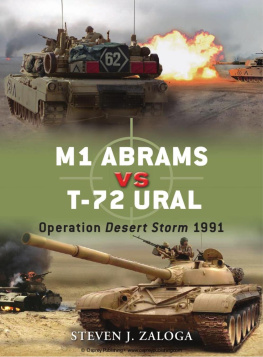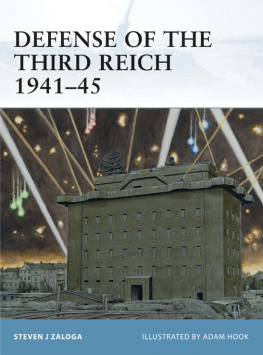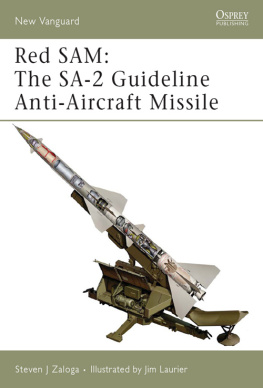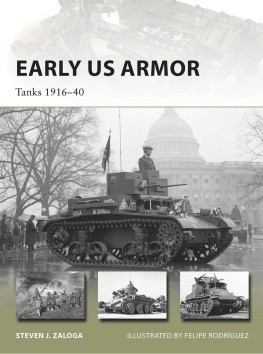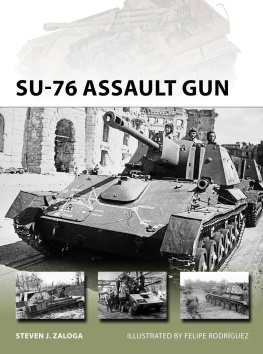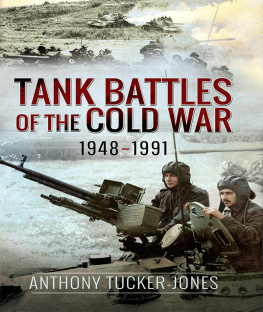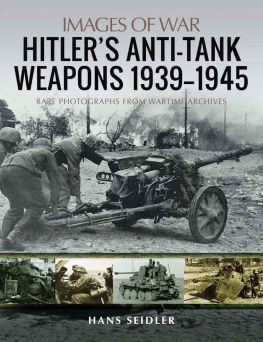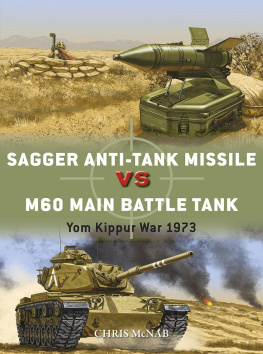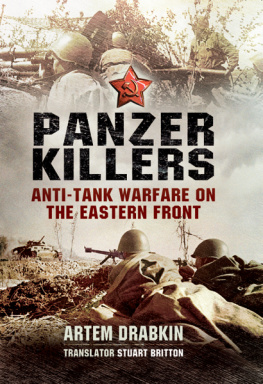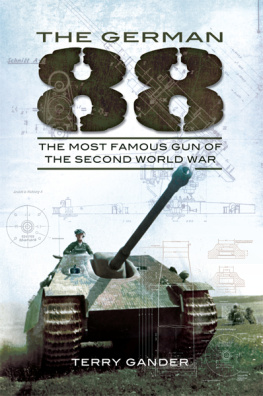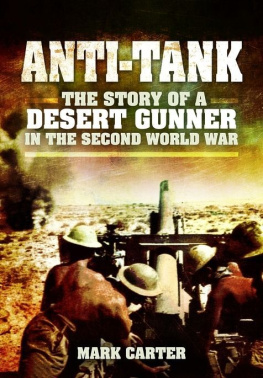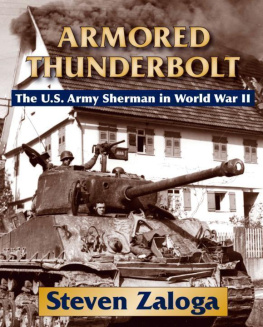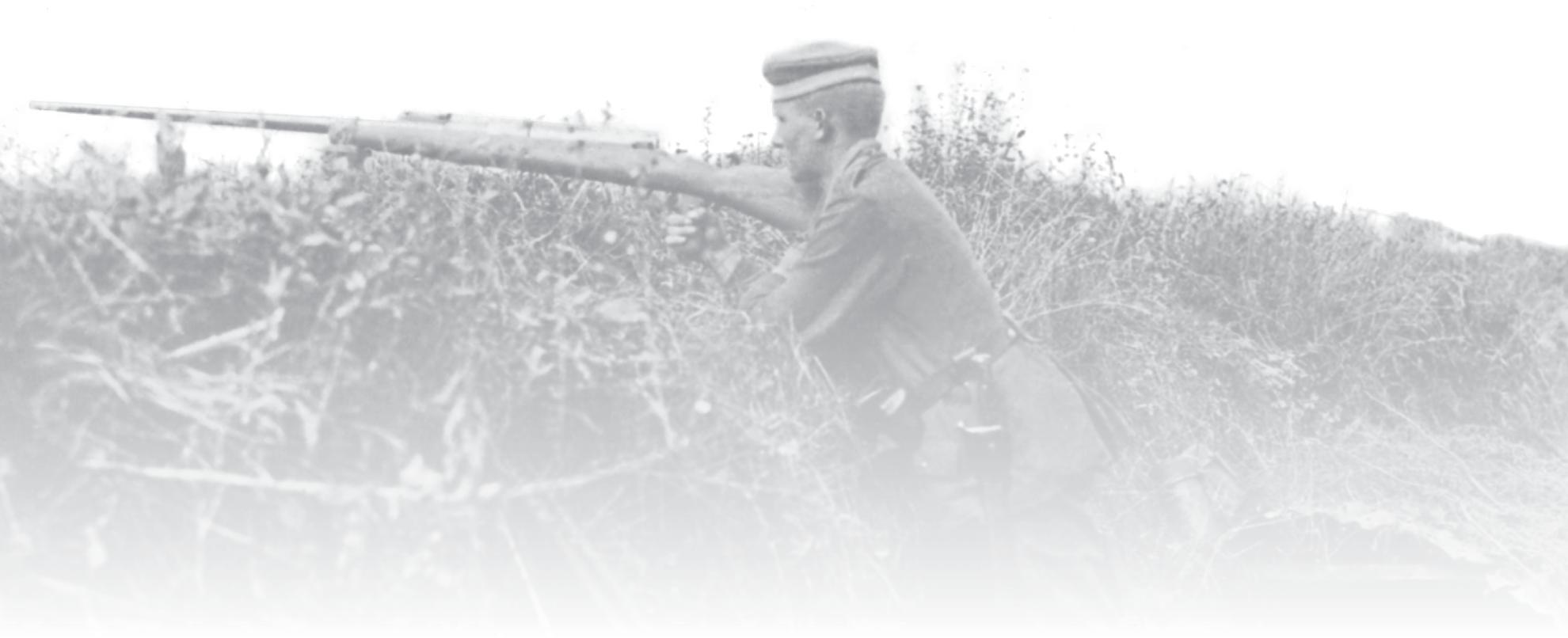
INTRODUCTION
Anti-tank rifles were the largest and most powerful rifles of their day. They were also some of the most unwieldy and detested infantry weapons of World War II, often proving ineffective in their primary mission of defending the infantry against contemporary tanks.
The German Army was the first to develop anti-tank rifles in World War I to deepen its anti-tank defences. The most potent anti-tank weapon of 191718 was the field gun, forward-deployed in the direct-fire mode as an improvised anti-tank weapon; but although they were lethal against the thinly armoured tanks of World War I, they were never available in sufficient numbers. Furthermore, they were difficult to move around the shell-torn terrain. While anti-tank rifles could not offer the lethality of field guns, they could be used to plug gaps in the front line. The intention was to manufacture enough anti-tank rifles to give every infantry platoon a limited measure of anti-tank defence, but production of the Mauser T-Gewehr (tank rifle) began so late in the war that this objective was never met.
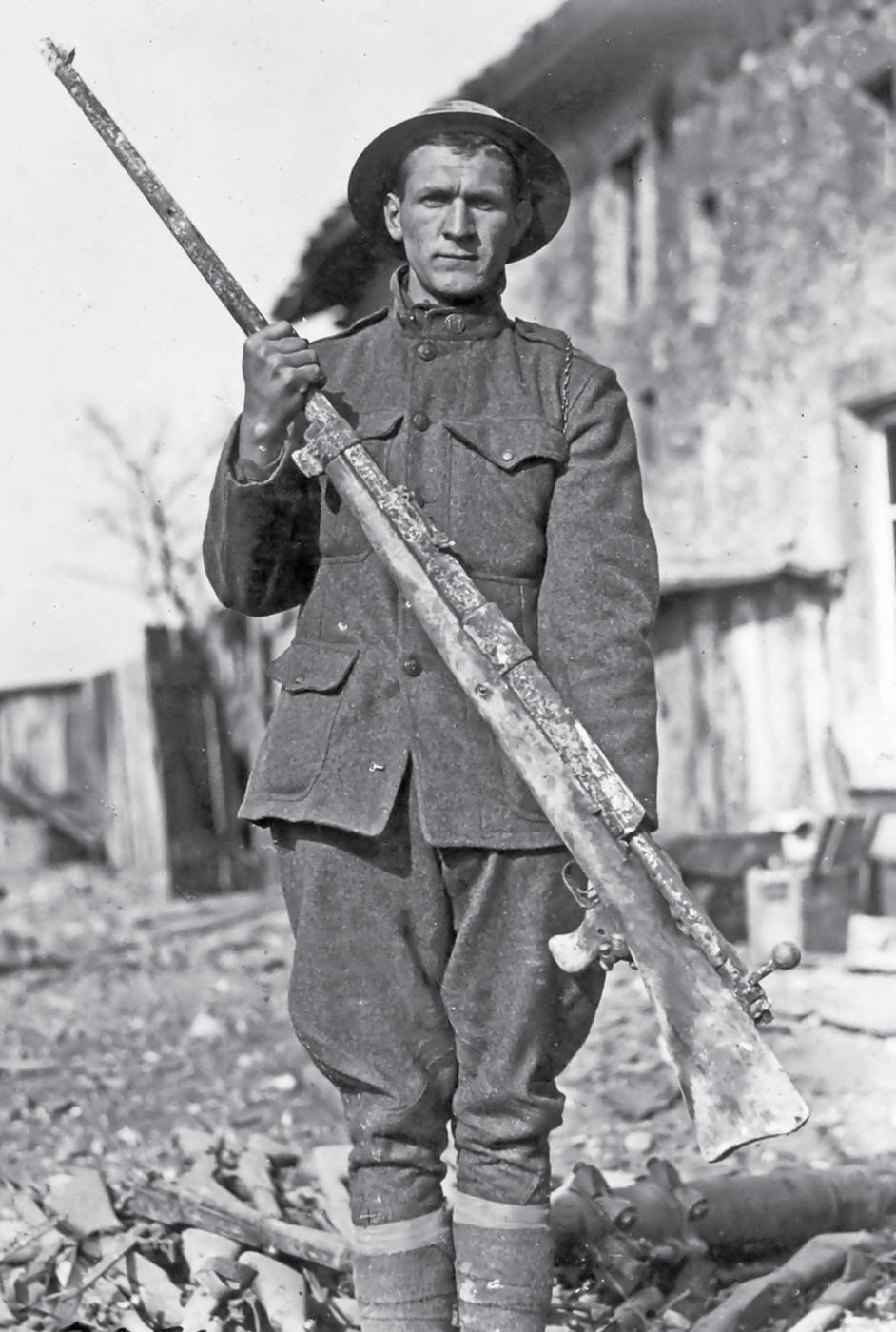
The substantial size of early anti-tank rifles is evident in this photo of a mud-encrusted T-Gewehr captured by the US Armys 77th Division in France during November 1918.
There was little development of anti-tank rifles during the 1920s, and scattered efforts did not resume until the early 1930s. Most of the tanks in service in the early 1930s were very thinly armoured, much like the tanks of World War I, with a typical armour level of 1315mm armour plate. This level of protection was vulnerable to anti-tank rifles.
Armour penetration is largely dependent upon the amount of kinetic energy a bullet can impart against the target on impact. The kinetic energy of an anti-tank rifles projectile is defined by the classic formula of E=mc2, where m equals the mass of the projectile and c equals the impact velocity. As can be seen from the formula, an increase of the projectile velocity has a greater effect in total impact energy than does an increase in bullet mass. As a result, anti-tank rifle designs most often focused on increasing the initial muzzle velocity of the projectile rather than increasing its weight.
There are several ways to increase muzzle velocity, the most obvious of which is to increase the amount of propellant. Anti-tank rifle ammunition typically used an enlarged propellant casing with much more powder than a conventional infantry rifle. For example, the 7.92mm anti-tank rifles of 193940 typically had enlarged cases with about three times as much powder as comparable 7.92mm infantry rifles. There were numerous technical problems with excessively powerful propellant loads, however. Too powerful a charge could lead to premature barrel erosion. Very powerful charges could also lead to problems with cartridge extraction when the brass case became excessively deformed when fired.
Another method to improve muzzle velocity was to increase the length of the barrel. This allowed the propellant to act on the bullet for a longer period of time before it exited the muzzle. The Polish wz.35 (wzr: model) anti-tank rifle was the most extreme example of this, with a barrel length of L/151. This came at a cost, however, and the wz.35 barrel was rated at only 200300 rounds before it became excessively worn. Most anti-tank rifles of World War II kept the barrel length under L/100 in order to extend the serviceable life of the barrel.
There was considerable interest in the early 1930s as to the possibility of using tapered-bore barrels (also called squeeze-bore guns) to increase muzzle velocity. Many armies were intrigued by the 7mm Halger Ultra sporting rifle, developed by Hermann Gerlich, which had an initial muzzle velocity of an astonishing 1,100m/sec. The Ultra rifle used a smoothbore technique with a special barrel that started at one calibre at the breech, and then became narrower down the length of the barrel so that the bullet exited in a smaller calibre than at the start. This was accomplished by using a soft-metal jacket or flanges around the bullet that conformed to the restrictions during its travel down the barrel and exited at 6.6mm. The intention of this system was to maintain a higher pressure against the bullet while it travelled down the barrel than would occur with a more conventional barrel. This technology never proved effective in anti-tank rifle design, however, as the bullets became too deformed to be successful as armour penetrators. Larger-calibre tapered-bore anti-tank guns were developed during the war, mainly by Germany, but they remained very much on the fringe of anti-tank technology.
Most early anti-tank rifles used bullets with a hardened-steel core, this being necessary to ensure that the bullet survived the impact with the tanks hard armour plate. There were a few exceptions to this, such as the unique Polish DS bullet fired by the wz.35. The only major advance made in anti-tank rifle ammunition during World War II was the development of improved cores, typically involving some form of tungsten such as a steel/tungsten alloy or some form of tungsten carbide. The main attraction of this type of round was the greater density of tungsten, which permitted the ammunition designers to maintain the same ballistic shape as a steel-core bullet while increasing its density and hardness. For example, hardened steel has a density of 7.85g/cm2 while tungsten carbide has a density of 13.4g/cm2. The main problem with the use of tungsten carbide was the scarcity of tungsten (wolfram) and its vital use for cutting tools in the machine industry. So, for example, Germany began using tungsten-carbide cores in anti-tank projectiles in 193940, but drastically reduced their manufacture after 1941 as a consequence of the Allies pressuring neutral countries to stop exporting tungsten to Germany. Most German tungsten was reserved for use in machine tooling.

